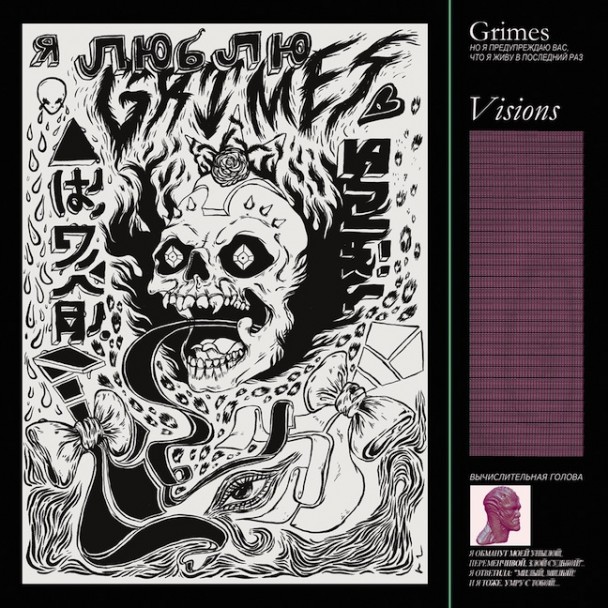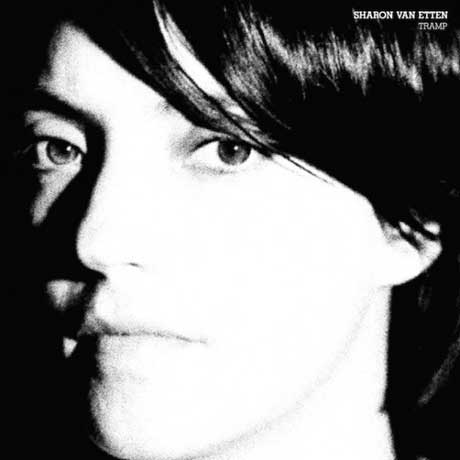Tuesday, October 9, 2012
Math in Words (part 2)
In the second installment to Math in Words: the confused attempts to contextualize and assess the significance of Don Caballero and their third record, What Burns Never Returns.
Released on Touch and Go records in 1998,What Burns Never Returns is the third record by Pittsburgh’s Don Caballero. The album is characterized by the many features which established them in 1993 as a formative component of math rock; complex structures, abrupt time signature shifts, diverse rhythmic measures, and more layers of guitar than pretty much every record released in the past decade combined are all testament to the complex mechanics of the genre.
Reviews of What Burns Never Returns seem largely to hesitate on broad abstractions and theatrical language which denies any kind of plain speaking with respect to the record’s merits and achievements; “thought-provoking”, “totally mind-bending”, and “unlike anything you’ve ever heard before” are all fair approximations, but a little reductive and vague nonetheless. I figured that a more critical review, which seeks to identify the influences and investigate the composite elements of the record, would instead be more useful.
Like the first viewing of Mulholland Drive or possibly Nights of Cabiria, What Burns…can often leave the newly initiated with a sense of disorientation and an inability to articulate exactly what was interesting or enjoyable about the experience. This isn’t to say the record is purposefully designed to alienate its listener, but it is certainly dense with the kind of ideas which only repeated listening can fully expose and make any kind of sense of. It would be a disservice to describe the record as “chaotic”, “panicked”, or even “confused” once you grasp the meticulous composition of each of the respective fragments. It’s less analogous to three individuals competing for precedence inside of a rehearsal space and more like four separate musicians pursuing ideas which, however unique, correspond to each other in incredibly subtle ways.
Whilst at once creatively aligned with Fugazi, Voivod, and early Metallica, Ian Williams, the band’s lead guitarist, lends simultaneously from minimalist-loopers Steve Reich and Terry Riley (this orchestration and experimentation with guitar motifs would return on his final record with the band, American Don). The unorthodox application of guitar pedals throughout the record demonstrates Williams’s ability to successfully sequence and negotiate with existing technologies and the conventions of songwriting without coming off as purely inaccessible -He had only the year before released the self-titled LP with the avant-garde Storm & Stress, an arguably less palatable project that, despite of its greatness, takes an even greater patience to access and enjoy.
Complementing and often starkly juxtaposing the many microcapillaries produced by the guitars and bass is the overt and ostentatious ‘drumming’ of Damon Che. It seems to me a little unfair to limit Che’s role to that of a mere percussionist when you consider how frequently he deviates from such responsibilities in order to create entirely new architectures in a far more independent fashion than your conventional drummer. In Delivering the Groceries at 138 BPM Che performs in an anti-drum solo of sorts, providing an interlude which illustrates his ability to utilize the entire kit for the purpose of an almost melodious shift, meanwhile allowing Williams to demonstrate his unusual and iconic mode of finger-tapping as he keeps time. It is arguably these kinds of inversions of the traditional roles which makes What Burns… a truly interesting record.
The record is by no means an isolated instance of brilliance, but is instead part of a larger genealogy of releases which all exemplify a band developing a system of ideas over the course of a few years. Critics often use the analogy of the middle sibling with What Burns…, a cute and fitting observation which seems somewhat accurate; if Don Caballero 2 is the precocious younger brother, and What Burns the competitive middle child, then American Don is certainly the elder on his return home from music school. What seems incredibly significant about these records is the distinct lack of a framework available to describe them; it would be foolish to imagine that the tired cliché of listing similar bands could come anywhere close to articulating how these records sound.
Whilst still performing today, it is only Damon Che who remains from the original 90s line-up; the tumultuous dynamics of the band are second only to fan contentions surrounding the legitimacy of the ‘original members’. To fully appreciate the band’s relationships around this decade and to access some truly great rock journalism, it’s worth at least glancing over Fred Weaver’s account of his time with Don Caballero before their original line-up disbanded in 2001. As with anything which falls under the umbrella of math rock, Don Caballero’s contribution is one which ironically escapes the ability to be lucidly defined in terms of words and insists on an intense listening experience. I may have just undermined my entire essay, but you may now be listening to the record.
Subscribe to:
Post Comments (Atom)













No comments:
Post a Comment